13 Smart Tips to Successfully Grow Your Own Wasabi
Growing wasabi can be a rewarding yet challenging experience for gardeners. This unique plant, known for its bold flavor, thrives in specific conditions that mimic its native environment in Japan. Wasabi requires cool temperatures, plenty of moisture, and the right type of soil to grow successfully. Whether you are planting it in your garden or using containers, it’s essential to provide the right care to see it flourish. While growing wasabi takes patience, the result is well worth the effort, especially if you enjoy adding fresh, spicy wasabi to your dishes.
This post may contain affiliate links, which helps keep this content free. Please read our disclosure for more info.
Choose the Right Growing Environment
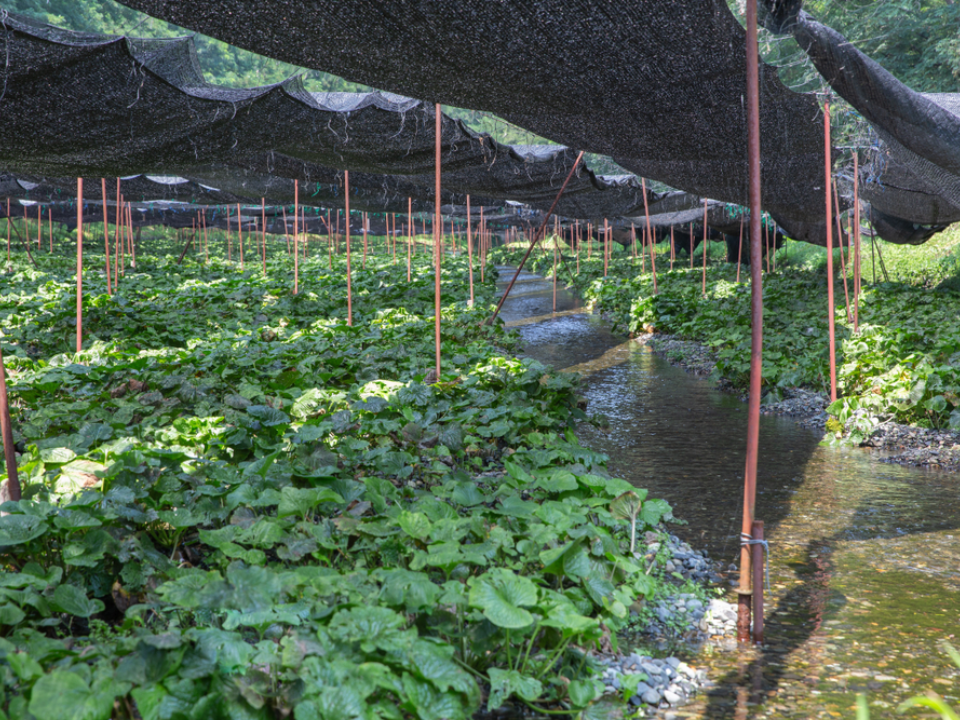
Wasabi plants thrive in cool, shaded areas, making them perfect for planting in areas with indirect sunlight. These plants prefer temperatures between 45 to 75°F, so make sure you have a spot that stays cool year-round. The soil should remain consistently moist, but not waterlogged, as wasabi plants do not like standing water. If you are growing wasabi indoors, consider placing the plant in a room with controlled temperature to replicate its ideal environment. It is essential to avoid places that get direct sunlight for extended periods as this can dry out the soil too quickly and damage the plant.
In addition to temperature and light, wasabi plants need a steady stream of fresh water. Ideally, you should plant them near a water source, such as a small stream or a spot where you can provide regular irrigation. In areas where the climate is warmer, it is especially important to ensure the plants are kept cool and moist. Once you’ve found the right spot with the right moisture levels and temperature, your wasabi will have a solid foundation for growth.
Select the Right Soil
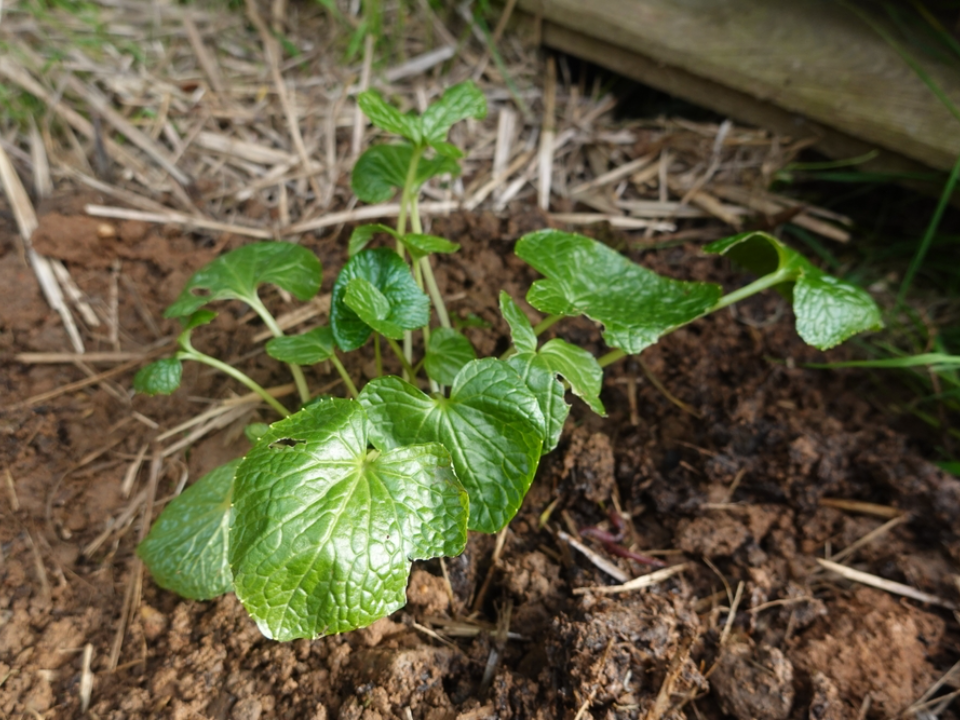
Wasabi thrives in rich, well-draining soil. The best soil for growing wasabi should be slightly acidic with a pH range of 6 to 7.5, which will help the roots establish themselves well. If you are growing wasabi in a container, use a mixture of compost, loamy soil, and perlite to promote good drainage. If you are planting it in the ground, it is advisable to enrich the soil with organic matter to improve its fertility. A soil test can help determine if your soil needs any adjustments before planting.
You should also consider the soil’s texture. Wasabi roots are delicate and sensitive to compacted soil, so it is crucial to ensure the soil is loose and can accommodate the plant’s deep root system. If you live in an area with heavy clay soil, it might be a good idea to amend the soil by adding sand or organic compost to improve the texture and allow for better drainage. Healthy, well-drained soil will help your wasabi plant grow robustly and support its root development.
Water Regularly
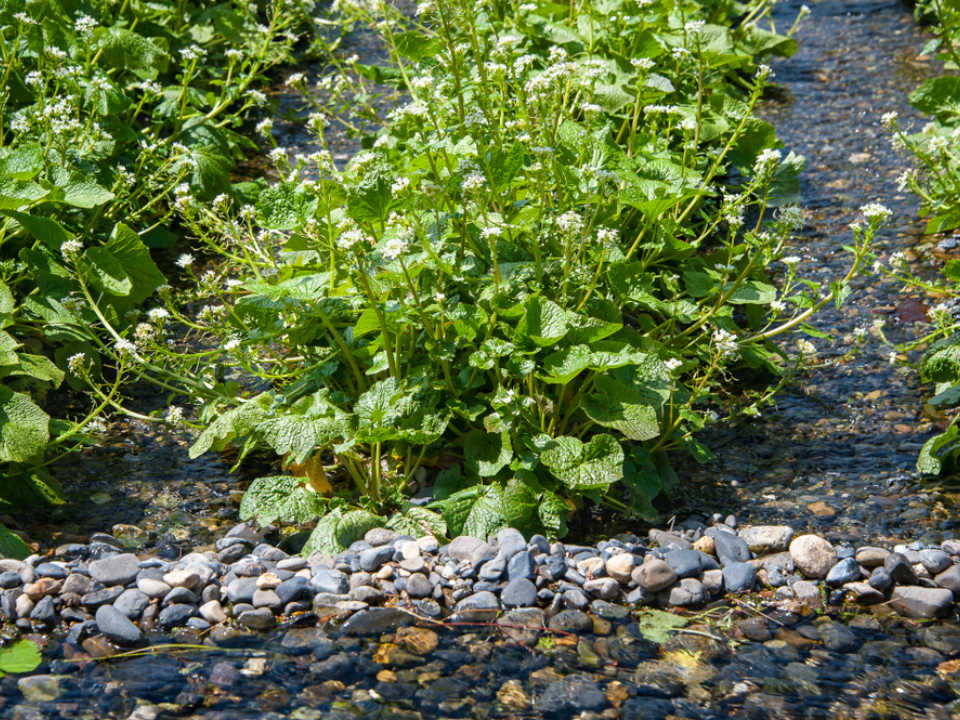
Watering is one of the most important aspects of growing wasabi. The plant requires a consistent water supply to maintain its moisture-loving roots. However, overwatering can be just as harmful as underwatering, so it is important to strike the right balance. It is essential to keep the soil evenly moist, ensuring that it doesn’t dry out completely. One of the best methods to ensure consistent moisture is to install a drip irrigation system or water the plant regularly with a hose, depending on the climate.
In addition to maintaining moisture in the soil, wasabi plants also benefit from being watered with cool, clean water. Tap water that is too warm or filled with chemicals may stress the plant, so consider using filtered or rainwater if possible. Keep in mind that while wasabi is a water-loving plant, the soil should not be soggy, as this can lead to root rot. The key is to maintain consistent moisture without waterlogging the roots.
Provide Shaded Areas
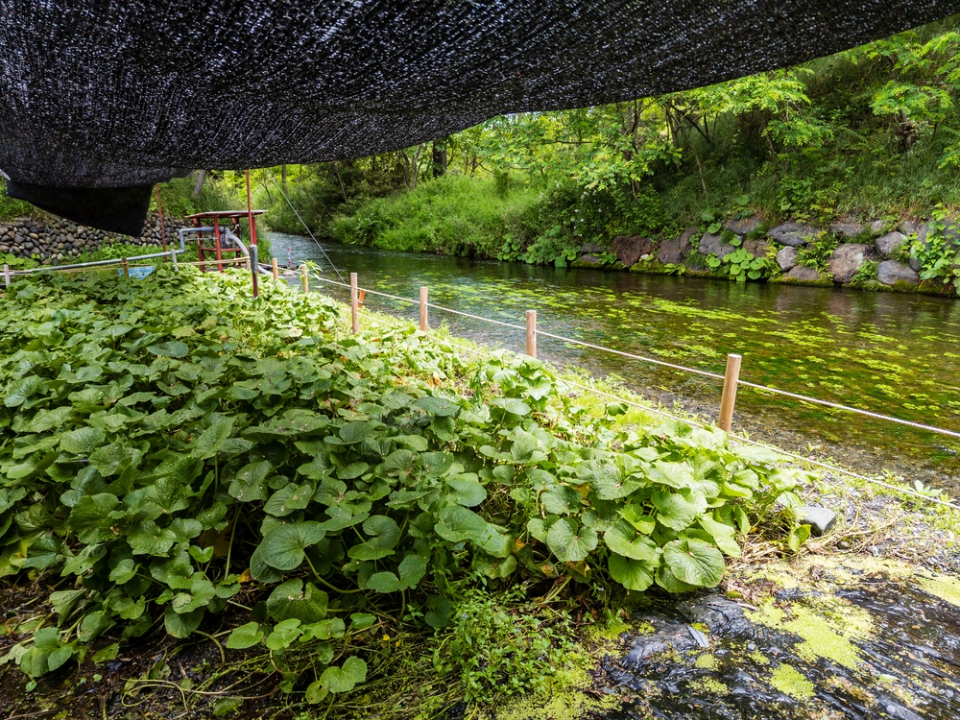
Wasabi naturally grows in shaded environments, particularly near streams or in areas with tree cover. For this reason, it is important to replicate these conditions by planting your wasabi in a shaded area of your garden. Too much direct sunlight can cause the leaves to burn or dry out, stunting the plant’s growth. If you are growing wasabi outdoors and have limited shade, consider using shade cloth to protect the plant from harsh sunlight.
Indoors, placing wasabi in a spot with indirect sunlight is the best approach. A window with sheer curtains or a location that gets dappled sunlight throughout the day will work well. Providing adequate shade ensures that your wasabi plant remains healthy and can develop properly, especially during the hotter months when sunlight can become intense. The cooler and shadier the environment, the better the wasabi will perform.
Maintain a Cool Temperature
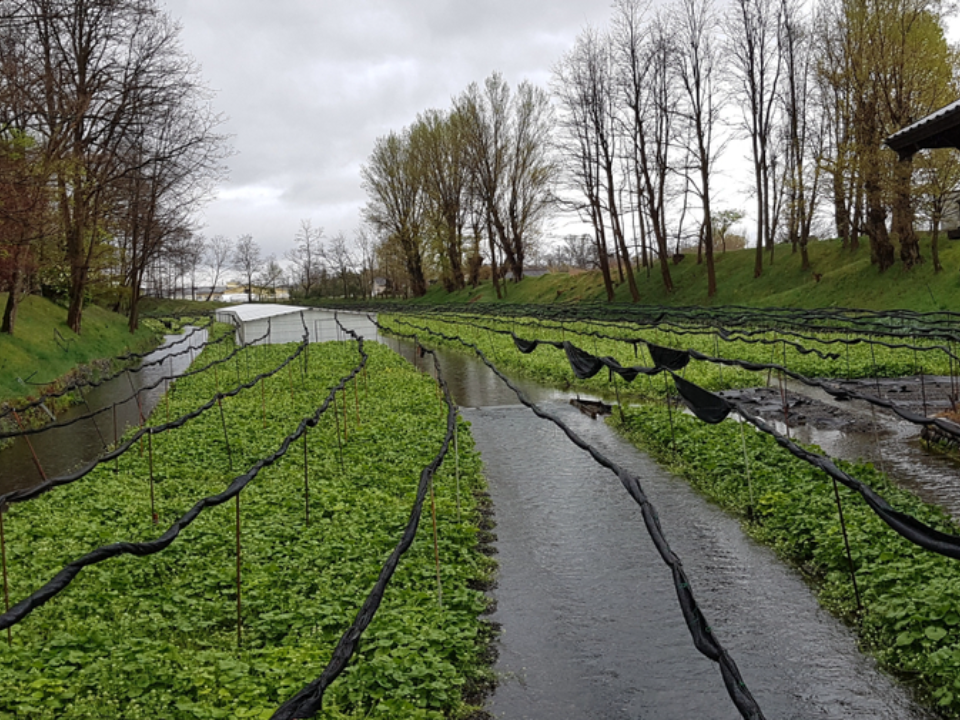
Wasabi plants require cool temperatures to thrive, so it is crucial to keep them in an environment where the temperature does not exceed 75°F. If you are growing wasabi indoors, keep the temperature in the room consistent and cool. Growing wasabi in the summer can be tricky, as it prefers temperatures around 60°F, which is often difficult to maintain outdoors. To help regulate temperature, plant wasabi in an area with natural shade, or grow it in a greenhouse or shaded outdoor spot to protect it from the heat.
If the weather in your region is particularly hot, consider growing wasabi in pots so you can move them to cooler locations when needed. Avoid placing your wasabi near heat sources like air conditioning units, stoves, or heaters, as this can cause temperature fluctuations that harm the plant. Keeping the environment cool and consistent is one of the key factors for successfully growing wasabi.
Watch for Pests
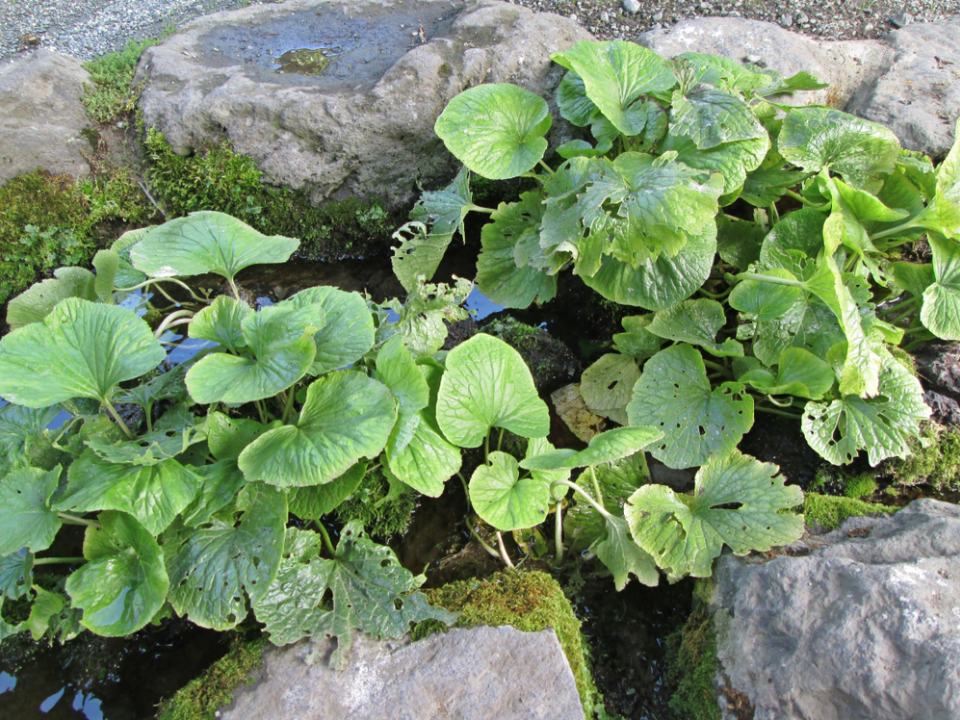
Like all plants, wasabi is susceptible to pests, which can harm its growth. Keep an eye out for common garden pests, such as aphids, slugs, and snails, which are known to target wasabi. Aphids, in particular, can damage the plant by sucking sap from the leaves, which weakens the plant. Slugs and snails can cause physical damage to the leaves and stems. You can prevent pest infestations by regularly inspecting the plants and removing any visible pests by hand.
If you notice pests in your garden, use organic pest control methods, such as neem oil or insecticidal soap, to treat the plants. These solutions are safe for the environment and effective at keeping pests under control. It is important to act quickly when you notice a pest problem to prevent it from spreading to other plants in your garden. Keeping your plants healthy and pest-free will ensure that your wasabi grows strong and vibrant.
Harvest at the Right Time
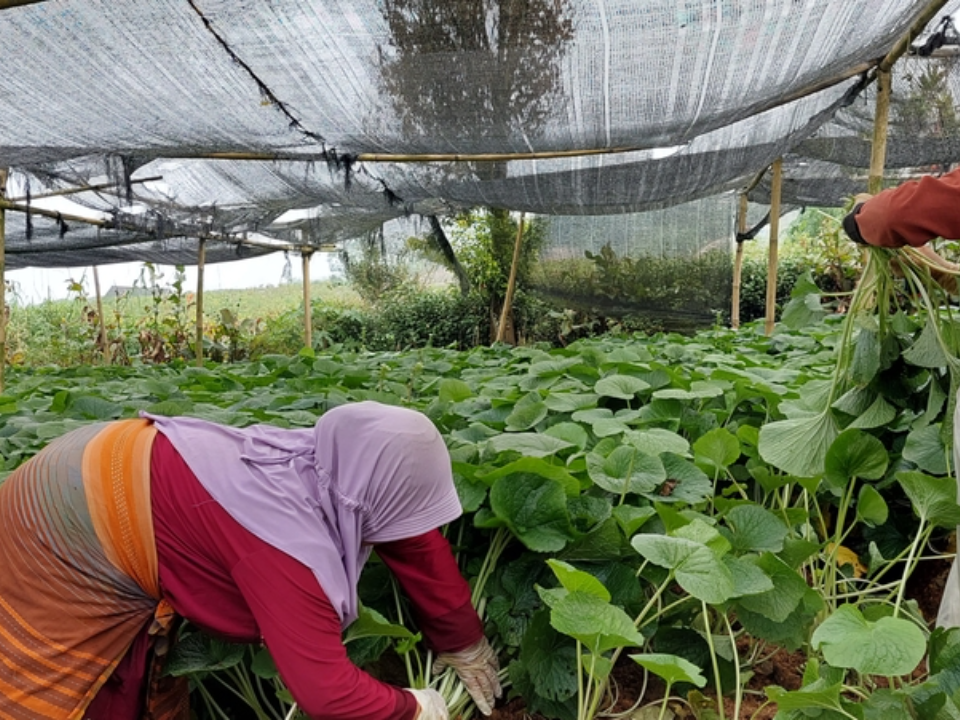
Harvesting wasabi at the right time is key to getting the most flavorful and pungent rhizomes. Wasabi plants generally take about two years to fully mature, so patience is important when growing them. The best time to harvest is when the rhizome has reached a decent size and has a firm, smooth texture. Typically, you will know it is time to harvest when the leaves begin to yellow, signaling that the plant is reaching the end of its growing cycle.
To harvest, carefully dig up the rhizome with a small spade or garden fork, being cautious not to damage it. After harvesting, the rhizomes can be cleaned and stored, or used immediately in cooking. Freshly harvested wasabi is much more pungent and flavorful than store-bought varieties, so the effort put into growing your own wasabi is well worth it. It can be grated and used to complement sushi, meats, and other dishes for an authentic, spicy kick.
Plant in Well-Drained Containers
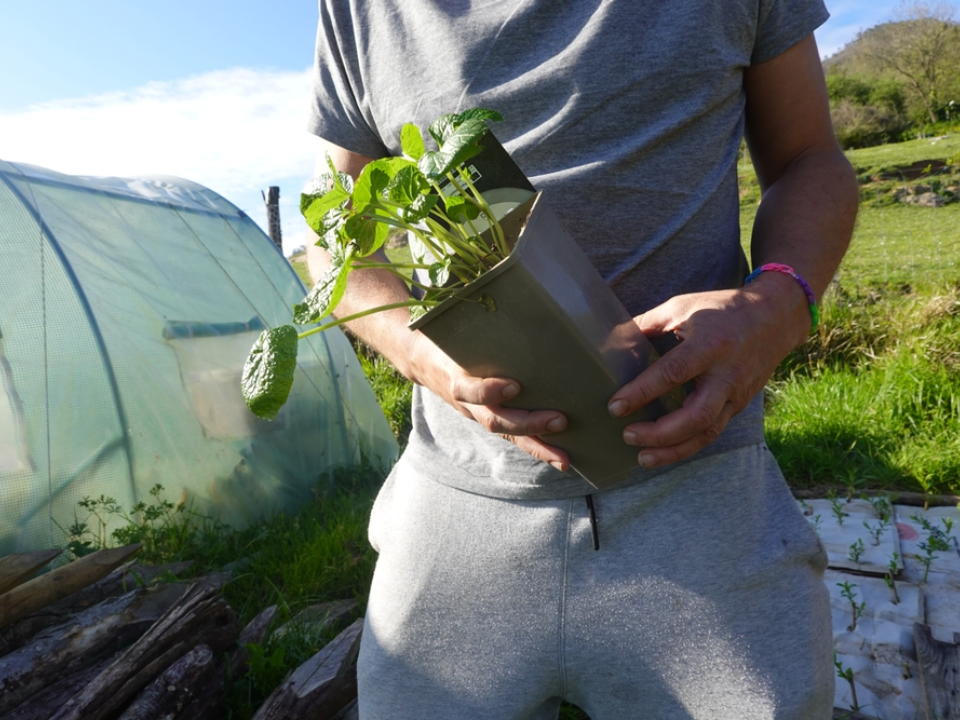
If you do not have a suitable outdoor space, growing wasabi in containers is a great option. Choose a large container with drainage holes to allow excess water to escape, preventing root rot. Wasabi roots are sensitive to waterlogged soil, so it is important to ensure proper drainage to keep the roots healthy. Use a soil mix designed for vegetables, with good aeration and plenty of organic material.
Container-grown wasabi can be placed in shaded areas or moved indoors during extreme weather conditions. This method also allows you to control the moisture levels more easily. When growing in containers, regular watering and the addition of organic compost are essential to maintaining a healthy plant. Container gardening makes it possible to grow wasabi even in small spaces, making it an ideal choice for urban gardeners or those with limited outdoor space.
Protect from Frost
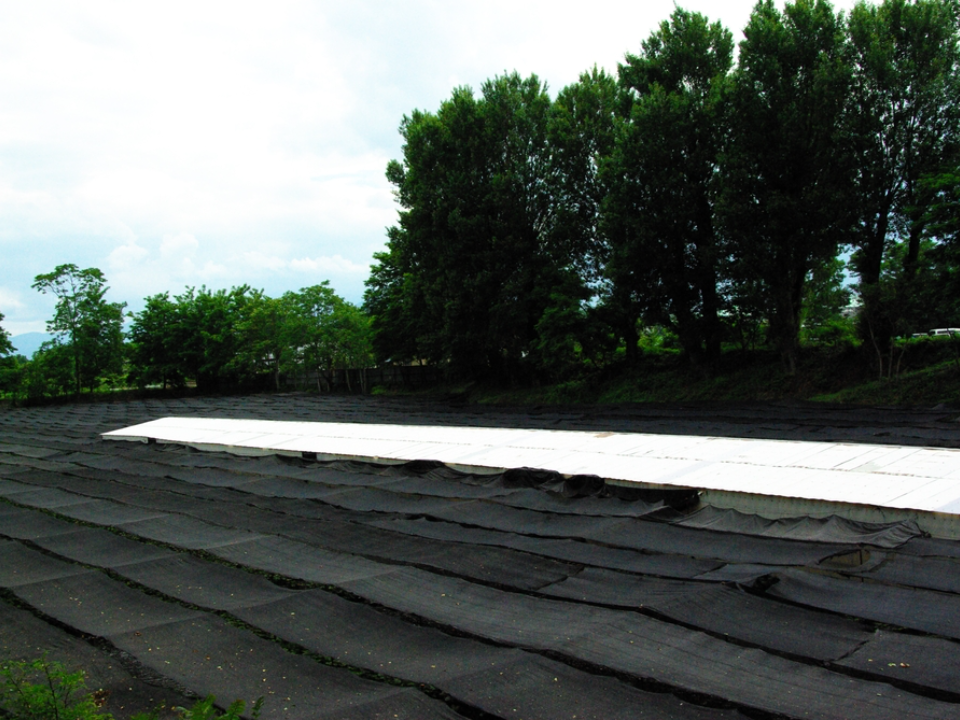
Wasabi plants are susceptible to frost, which can damage the plant and its rhizomes. If you live in a region with cold winters, it is important to protect your wasabi from freezing temperatures. One way to do this is by planting wasabi in pots and moving them indoors when temperatures drop. Alternatively, you can cover the plants with a frost cloth or build a temporary greenhouse structure to protect them from cold snaps.
Frost can cause wasabi to become dormant or stunt its growth, so it is best to avoid planting it in areas where frost is common during the growing season. For outdoor plantings, ensure the soil is well-drained and not overly wet, as frozen soil can also harm the plant. Keeping wasabi plants warm and protected from frost is critical to ensuring a successful harvest.
Use Mulch to Retain Moisture
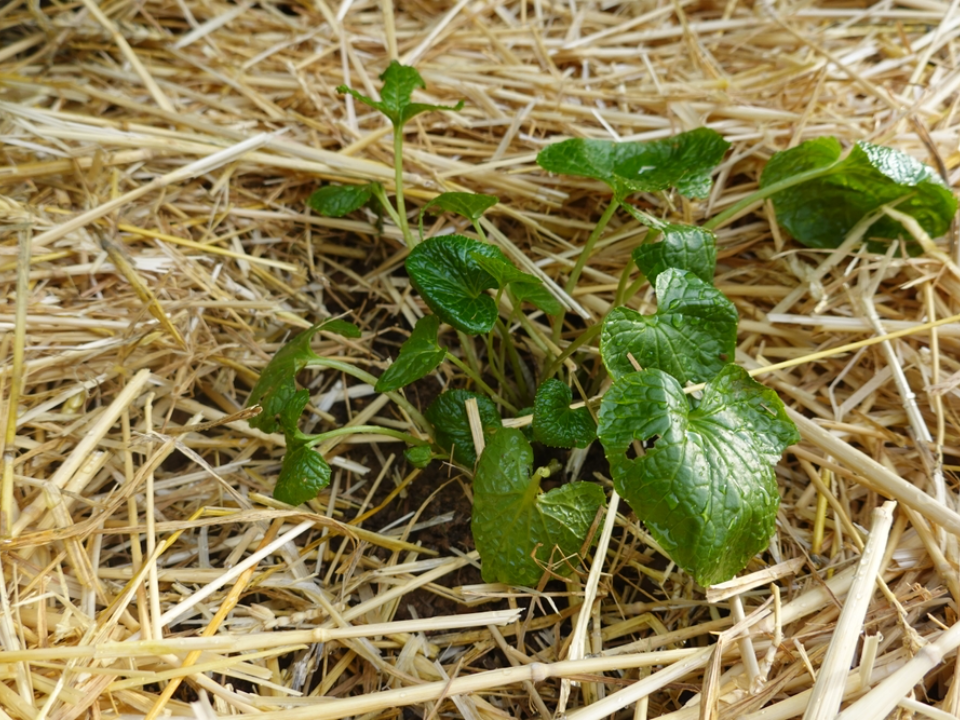
Mulching is an effective way to retain moisture in the soil and keep your wasabi plants healthy. Adding a layer of organic mulch around the base of the plant helps maintain consistent moisture levels in the soil, reducing the need for frequent watering. Mulch also helps regulate the temperature of the soil, keeping it cool during hot weather, which is essential for wasabi’s growth. You can use materials like straw, wood chips, or shredded leaves as mulch.
Mulching also helps to suppress weed growth, which can compete with wasabi for water and nutrients. By keeping weeds at bay, your wasabi will have access to all the nutrients it needs for healthy growth. Make sure the mulch layer is not too thick, as this can prevent water from reaching the roots. A thin, even layer of mulch will suffice to protect your wasabi while promoting healthy soil conditions.
Avoid Overcrowding Plants
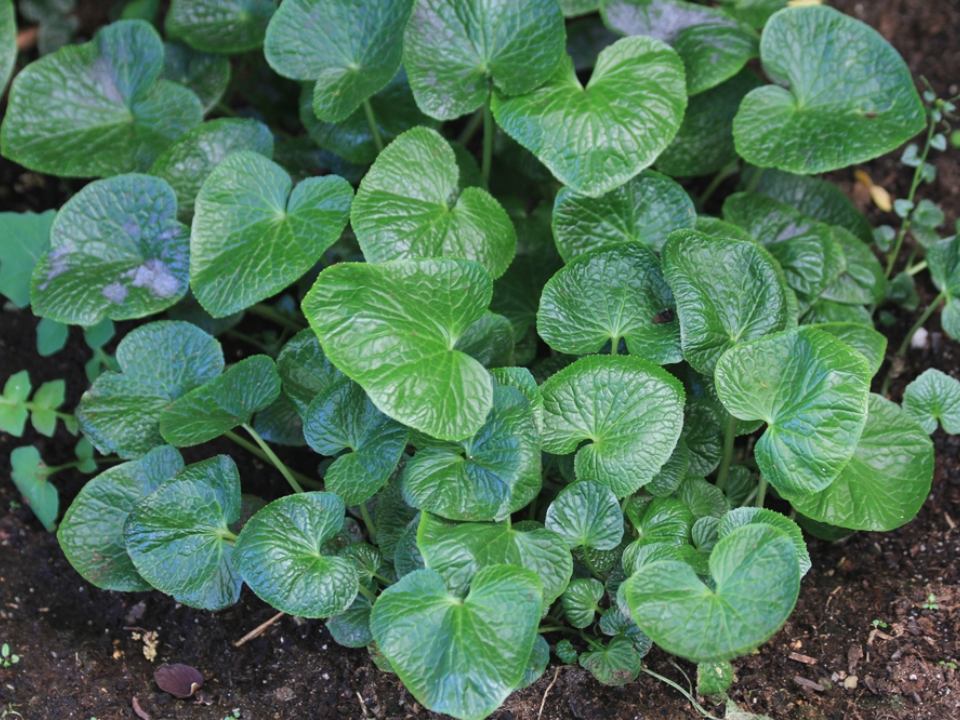
When growing wasabi, it is important to avoid overcrowding the plants. Wasabi plants need space to spread out and develop healthy root systems. If planted too closely together, the plants may compete for resources such as light, water, and nutrients. This can lead to stunted growth and reduce the plant’s overall health and vigor.
If you are planting wasabi in the ground, make sure to space them about 12 to 18 inches apart, allowing them ample room to grow. In containers, ensure that each plant has enough space for its root system to expand. Giving each plant enough space will lead to stronger, healthier wasabi that can thrive and produce better rhizomes. Proper spacing is an essential part of growing wasabi successfully.
Be Patient with Growth
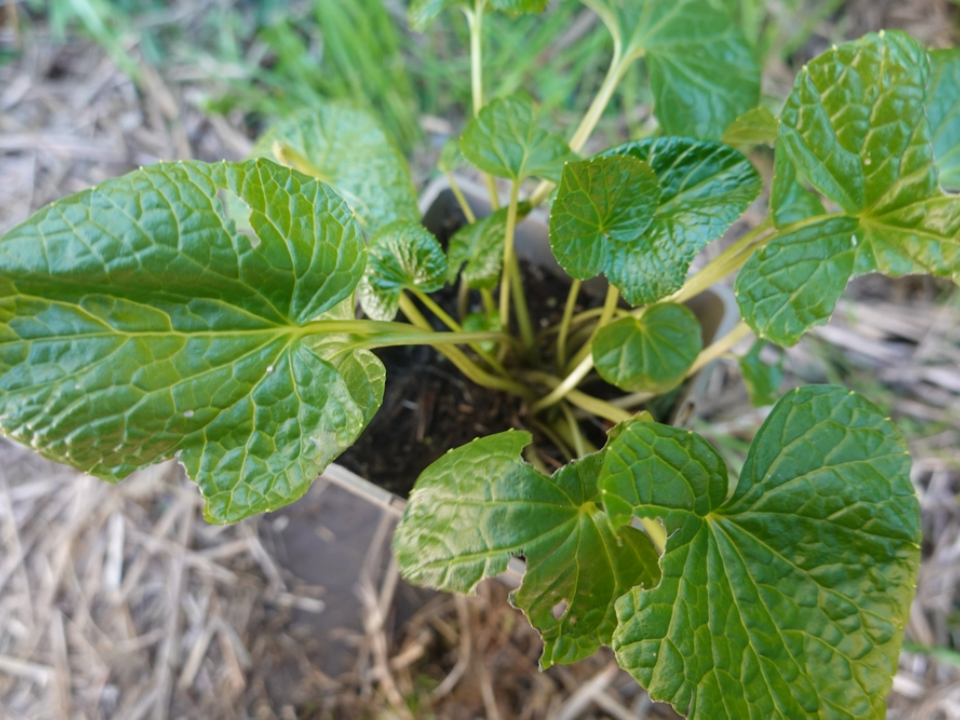
Wasabi is a slow-growing plant, and patience is key when growing it. It can take up to two years for the plant to reach full maturity and produce rhizomes large enough for harvesting. While the wait may seem long, it is important not to rush the process. Rushing can lead to premature harvesting, which will result in less flavorful rhizomes.
During the growing process, wasabi may not show significant progress immediately, but with proper care, it will slowly develop its roots and leaves. Keep an eye on its growth and ensure that the plant has the right conditions to thrive. The longer you allow the plant to grow, the more robust and flavorful your wasabi will be. A little patience will yield a much better harvest in the end.
Protect Plants from Strong Winds
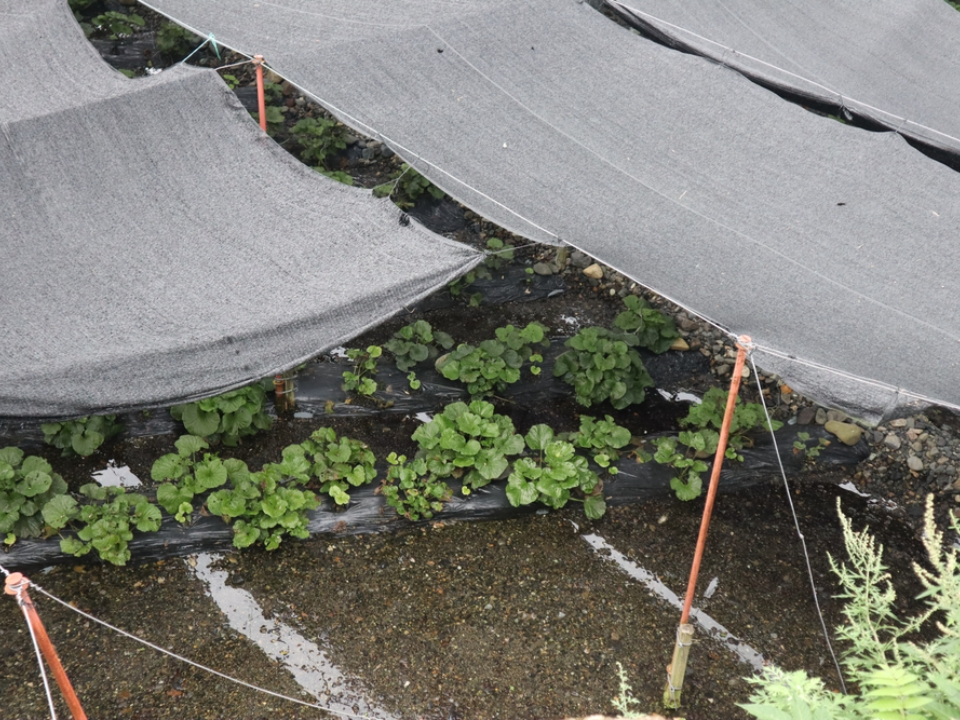
Wasabi plants are relatively delicate and can be damaged by strong winds, which can dry out their leaves and soil. To protect your wasabi plants, consider providing a windbreak, especially if you live in an area prone to high winds. Planting shrubs or erecting a simple barrier can help shield your plants from harsh gusts.
If you are growing wasabi in pots, move them to sheltered areas when strong winds are expected. Keeping the plants protected from the wind will help preserve their health and prevent any unnecessary stress. Shielding wasabi from excessive wind exposure ensures that the plant remains strong and its roots stay intact.
This article originally appeared on Avocadu.
